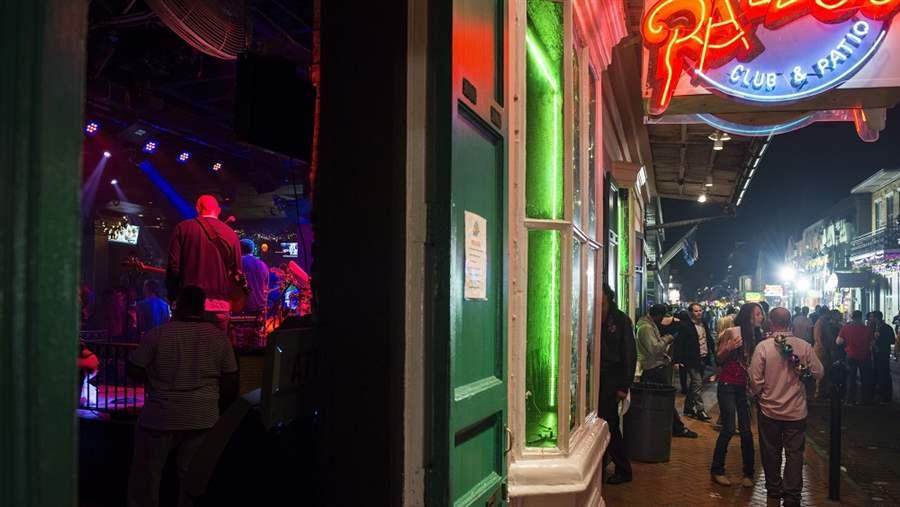New Orleans Voters Approve City's First Rainy Day Fund
Use of reserves restricted to disasters, recessions, or federal mandates
Last month, New Orleans residents voted to strengthen the city’s finances by creating a rainy day fund. The City Council had unanimously agreed in August, with Mayor Mitch Landrieu’s support, to let voters decide whether to amend the city’s charter to establish the Savings Fund.
“This is vital to the city’s fiscal health,” Councilmember Stacy Head said before last month’s vote. “Instead of raiding the city’s fund balance throughout the year for whatever is popular at the moment, we should plan ahead for the rainy days that we know will come from time to time.”
New Orleans, like many other cities, had held an unrestricted balance of savings in its general fund. By creating a separate rainy day fund, with guidelines on when to save and withdraw, New Orleans has taken an important step to improve its financial management.
Pew’s research shows that setting clear conditions for deposits to and withdrawals from rainy day funds gives policymakers a framework to build the savings needed to face an economic downturn or unexpected expense. Although 48 states have established rainy day funds, they are less widespread at the local level.
How the city can use the rainy day fund
To use the Savings Fund, the City Council must approve the appropriation by a two-thirds majority, and must agree by that same majority that the city is meeting one of three distinct withdrawal conditions: a natural disaster, economic recession, or federal mandate.
Pew’s research on state rainy day funds notes the importance of establishing withdrawal conditions like these since they safeguard reserves for times when they are needed most. Ideally, withdrawals should be tied to temporary or one-time events, not to recurring costs during periods of revenue growth. New Orleans’ first two conditions—disasters and recessions—are typical one-time events that are appropriate for using reserves.
The Bureau of Governmental Research notes that the third condition tied to mandates, if loosely interpreted, could result in a delay in replenishing the fund. New Orleans City Council members could vote that the city is constantly under a federal mandate and therefore would not need to make deposits to the Savings Fund. However, the bureau also points out that this danger is partially offset by the two-thirds majority voting requirement.
How the city deposits into the rainy day fund
Unless a withdrawal condition is met, the City Council must appropriate enough revenue each year to maintain a balance in the Savings Fund equal to 5 percent of the average recurring General Fund expenditures for the previous five years.
An advantage of this rule is that it allows reserves to grow quickly when the City Council deems that a disaster or recession no longer exists. However, some states have found this rule to be overly strict, requiring deposits before revenues have fully recovered. Pew research has also shown that some states with strict replenishment requirements are hesitant to use their reserve funds, even when conditions are appropriate. The Council will have to weigh the need to rebuild savings against the state of the city’s economy.
Other cities have taken a different approach to depositing into their rainy day funds. For instance, Los Angeles deposits surplus revenues into its Budget Stabilization Fund when the anticipated average combined growth of its seven general fund tax revenue sources is greater than 3.4 percent. And San Francisco places a quarter of projected revenue growth over 5 percent of the current year’s General Fund reserves into its Rainy Day Reserve. In both cases, savings strategies are tied to a measure of above-trend revenue growth, a best practice Pew recommends at the state level.
Next steps for other local governments
It is important to note that there is no one-size-fits-all approach for local government reserve policy. Cities vary in size, economy, and revenue structure, which can greatly affect their ideal savings framework. As a first step toward improving their fiscal management, cities can study their revenue volatility to assess the adequacy of their current reserve size and savings strategies. By creating a formal fund with codified deposit and withdrawal conditions, New Orleans has improved its ability to withstand a future emergency.
Mary Murphy is a project director, Steve Bailey is an associate manager, and Matthew Cook is an associate with the States’ Fiscal Health project of The Pew Charitable Trusts.














